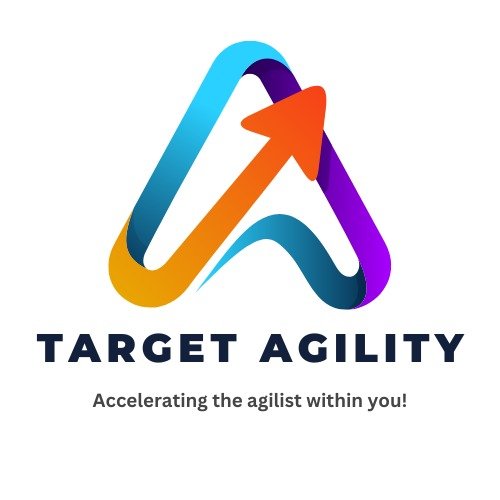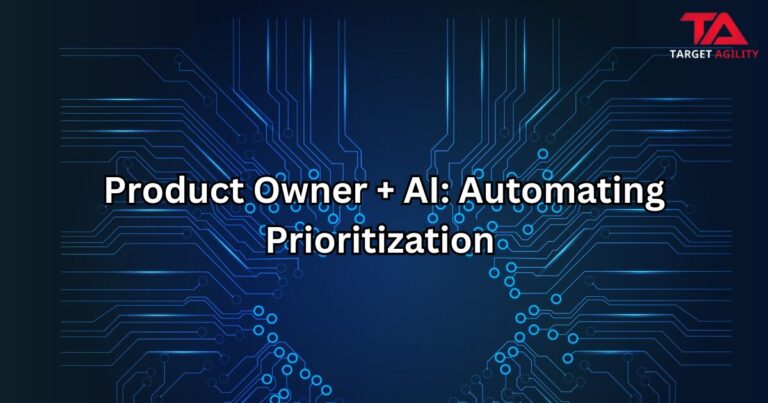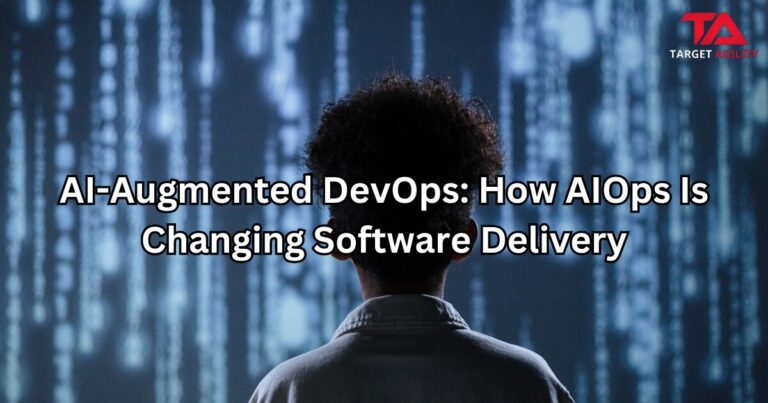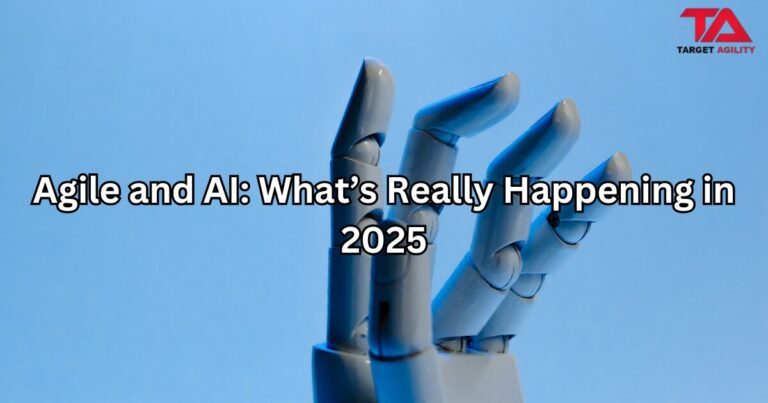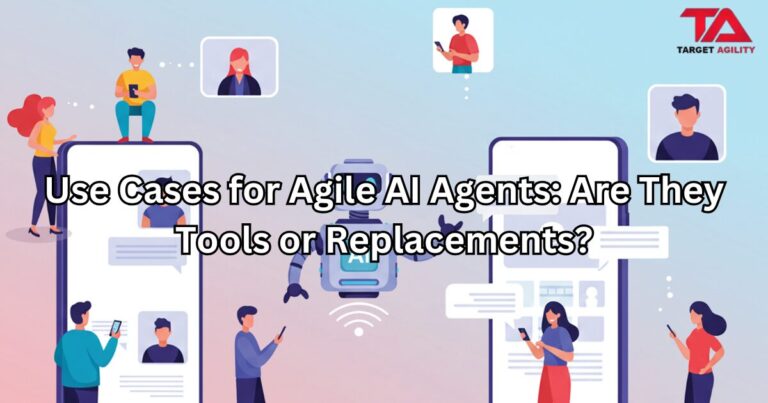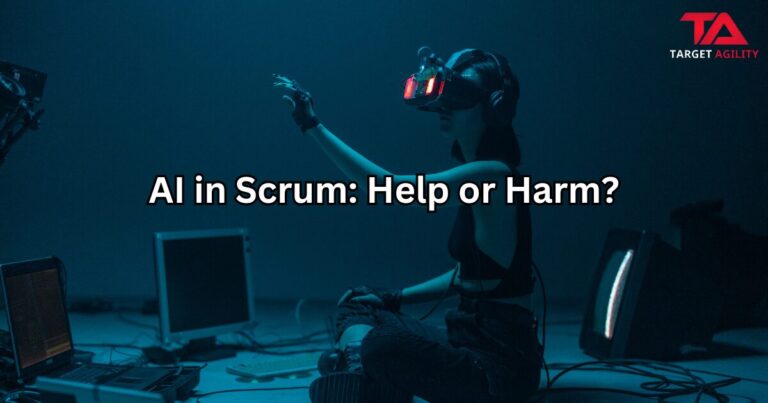AI is no longer a futuristic buzzword — it’s now creeping into Agile practice, reshaping how Product Owners manage backlogs, interpret data, and make decisions.
Every major platform — from Jira’s Atlassian Intelligence to Notion AI — promises to automate the grind of backlog refinement and feature prioritization.
That sounds efficient, but here’s the uncomfortable truth: when Product Owners start outsourcing thinking to AI, they risk losing the very skills that make their role strategic in the first place.
When AI Becomes Your Backlog Co-Pilot
A Product Owner’s day is filled with chaos — juggling customer requests, stakeholder demands, and sprint capacity while keeping the product vision intact.
Until recently, backlog refinement and prioritization required endless manual effort and subjective judgment.
AI has started to change that game. It can:
- Aggregate and analyse feedback from multiple channels — app reviews, surveys, social media, and customer tickets.
- Identify common pain points and emerging themes before they snowball into major issues.
- Predict feature impact using real-time usage data and behavioral trends.
- Suggest priorities based on patterns in customer sentiment and value potential.
- Auto-generate user stories with draft acceptance criteria and dependencies.
Done right, AI becomes a powerful assistant. It frees Product Owners from low-value work, giving them time to focus on vision, market alignment, and stakeholder communication.
But this only works when you treat AI as a partner, not a substitute for judgment.
The Risk: When Product Owners Stop Thinking
AI can process data, but it can’t understand context. It finds correlation, not causation. And that distinction matters.
If a Product Owner simply accepts AI-driven suggestions without challenge, they’re setting themselves up for bad calls.
A few examples:
- AI might push “dark mode” to the top of your roadmap because it’s the most mentioned request — ignoring that enterprise customers actually want security features.
- Sentiment models often misread sarcasm or humor, leading to false positives.
- Usage data tends to amplify the voices of your most active users — biasing product direction away from strategic segments.
The danger isn’t that AI is wrong — it’s that it can sound confident even when it’s wrong. Blindly trusting its output is the fastest way to lose the critical thinking edge that defines strong Product Ownership.
When you let AI decide for you, you’re no longer leading the product — you’re just following an algorithm.
The Smarter Approach: Use AI to Ask Better Questions
The best Product Owners don’t use AI to make decisions. They use it to discover insights and ask sharper questions.
Here’s how to do it right:
- Use AI for exploration. Let it summarize data and highlight anomalies — not dictate actions.
- Validate everything. Cross-check AI’s insights with real conversations and stakeholder context.
- Keep ownership of priorities. AI can inform, but you decide what aligns with the vision.
- Monitor for bias. Keep track of when AI’s suggestions help — and when they don’t.
- Educate your team. Make it clear that AI assists, but it doesn’t replace strategic thinking.
In short: let AI handle the noise so you can focus on the signal.
The Future Product Owner: Human + Machine Intelligence
AI isn’t coming for Product Owners — it’s coming to elevate them. But only if they evolve.
Tomorrow’s Product Owner must:
- Understand how AI interprets data and where it fails.
- Balance algorithmic insight with human empathy and business intuition.
- Challenge, not comply with, automated recommendations.
AI will change how you work — but not why you work. The heart of Product Ownership remains the same: creating value through understanding people, not just processing data.
Let AI help you move faster — but never let it think for you.

